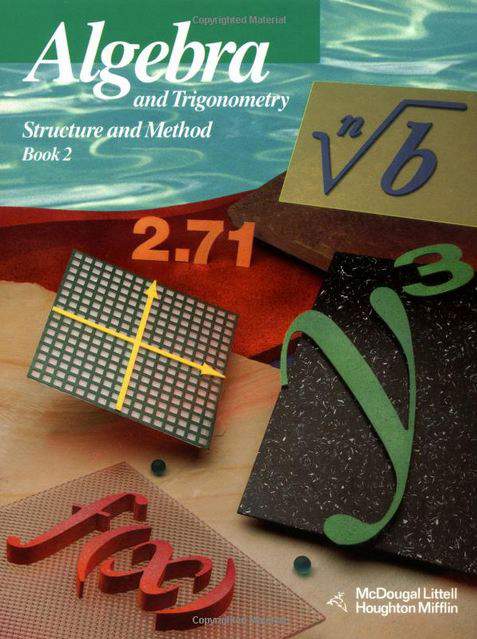Connecting...

This is a quick preview of the lesson. For full access, please Log In or Sign up.
For more information, please see full course syllabus of Algebra 2
For more information, please see full course syllabus of Algebra 2
Algebra 2 Arithmetic Series
Lecture Description
An arithmetic series is a sum of the terms of an arithmetic sequence. There are two formulas for the sum, and we choose which to use depending on whether we are given the common difference or the nth term. In some problems, you must first use the formula for the sum and then the formula for the nth term. An arithmetic series can be written in concise form using sigma notation where Sigma is the Greek letter and it represents the sum. The examples involve problems of finding the first term, or the first three terms, or the sum of the series.
Bookmark & Share
Embed
Share this knowledge with your friends!
Copy & Paste this embed code into your website’s HTML
Please ensure that your website editor is in text mode when you paste the code.(In Wordpress, the mode button is on the top right corner.)
×
Since this lesson is not free, only the preview will appear on your website.
- - Allow users to view the embedded video in full-size.
Next Lecture
Previous Lecture









































 Carleen Eaton
Carleen Eaton Grant Fraser
Grant Fraser
 Answer Engine
Answer Engine



Start Learning Now
Our free lessons will get you started (Adobe Flash® required).
Sign up for Educator.comGet immediate access to our entire library.
Membership Overview